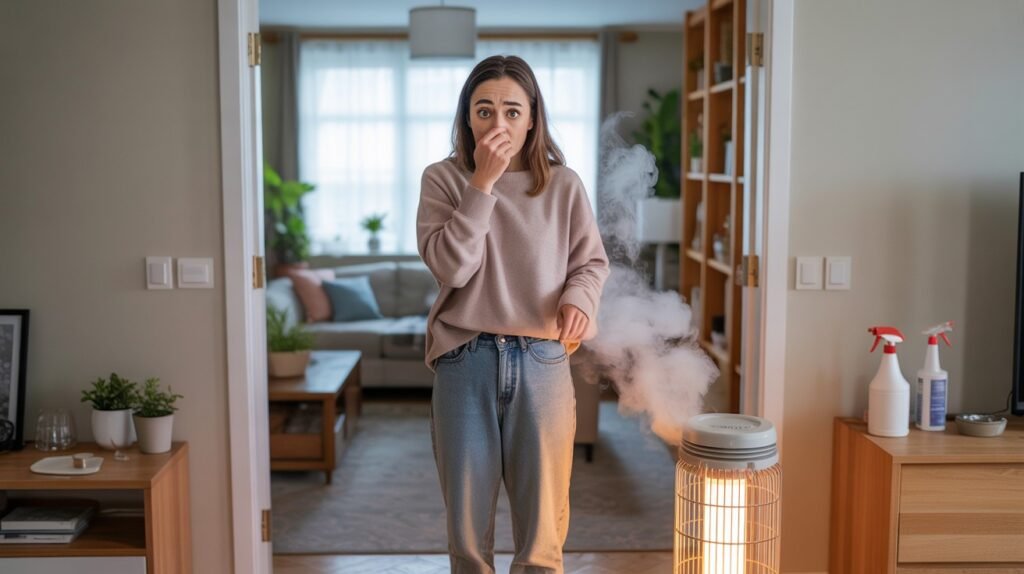Have you ever walked into your home and been hit with an unexpected paint smell in the house, even though no one’s been painting?
You’re not alone in this puzzling experience. That sudden chemical odor can be alarming, especially when you can’t pinpoint where it’s coming from.
The good news? There’s usually a logical explanation behind that mysterious scent wafting through your living space.
From new furniture releasing chemicals to overheating electronics, several common household situations can create that familiar paint-like aroma.
Sometimes it’s harmless off-gassing from recent purchases, while other times it might signal something that needs your attention.
Let’s walk through the most likely culprits behind this puzzling phenomenon and help you identify what’s causing that unexpected odor in your home.
What Does a Paint Smell Typically Indicate?
That distinctive paint odor you’re detecting comes from Volatile Organic Compounds (VOCs) – chemicals that easily evaporate at room temperature.
Fresh paint contains solvents like toluene, xylene, and formaldehyde, which create that sharp, chemical scent we associate with painting projects.
Here’s what makes this tricky: you’re not necessarily smelling actual paint. Many everyday household items contain similar or identical compounds that produce the same odor.
New furniture often uses adhesives and finishes loaded with VOCs. Cleaning products, nail polish remover, and even some air fresheners share these chemical components.
The smell intensity depends on concentration and ventilation. In a well-ventilated space, these odors dissipate quickly.
But in enclosed areas, they can build up and become quite noticeable.
Think of it like this: if multiple products in your home contain similar chemical compounds, your nose can’t always tell the difference between fresh paint and a new piece of furniture.
Both trigger the same olfactory response, making it challenging to identify the actual source without some detective work.
Is It a Paint Smell, or Something Else?
Before you start searching for hidden paint cans, take a moment to analyze what you’re smelling.
Your nose might be picking up on something that mimics paint but comes from a completely different source.
Sharp and acetone-like? This could be nail polish remover, certain cleaning products, or even overheating plastic components. The scent tends to be more piercing than traditional paint.
Sweet but chemical? New furniture adhesives and wood finishes often produce this type of odor. It’s similar to paint but has a slightly different undertone; sometimes described as fruity or candy-like, mixed with chemicals.
Thick and solvent-heavy? This is closer to actual paint or wood stain. You might also get this from certain markers, glues, or automotive products that somehow made their way indoors.
Pay attention to where the smell is strongest. Does it concentrate near new purchases, electronics, or specific rooms? Is it coming through vents, suggesting an external source?
By identifying these subtle differences, you can narrow down your search significantly.
A sharp acetone smell points you toward beauty products or cleaners, while a sweet chemical odor suggests furniture or decor items.
This distinction will save you time and help you address the right source.
Common Reasons for a Sudden Paint Smell
Off-Gassing from Furniture or Decor
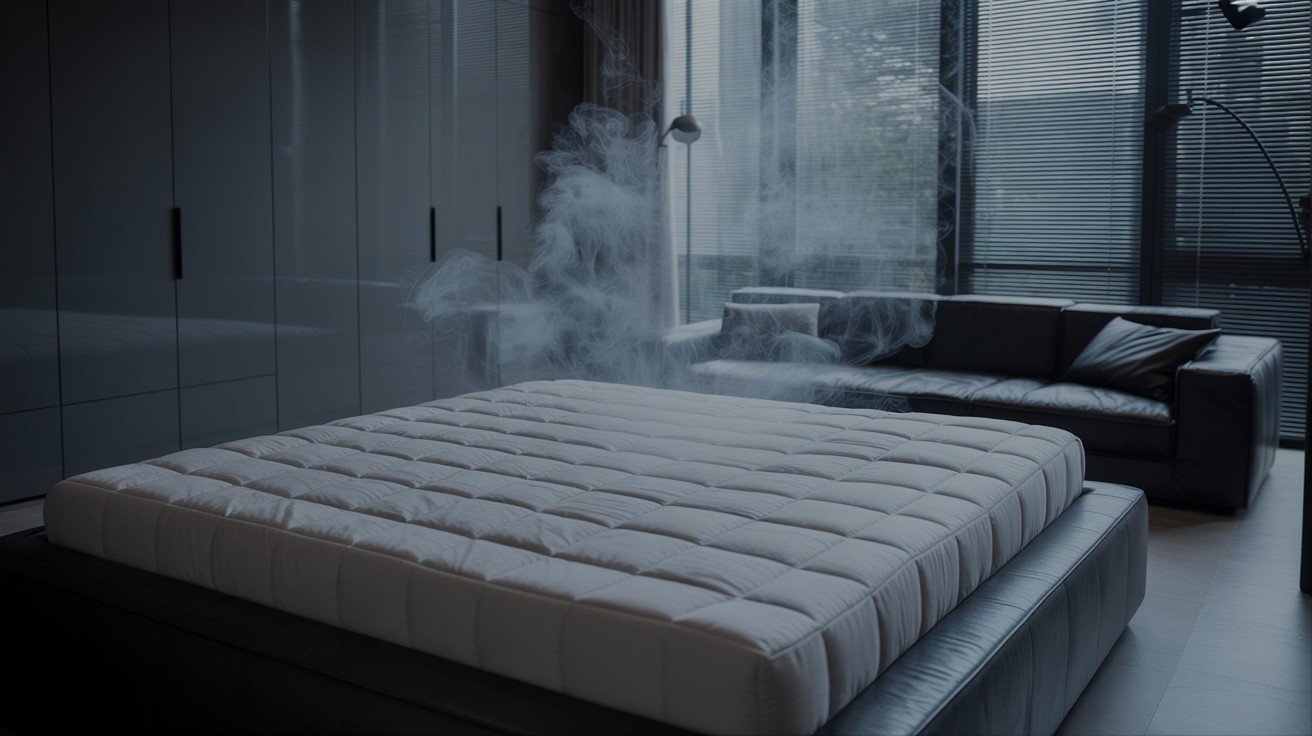
New furniture, cabinets, mattresses, and flooring continue releasing VOCs long after you bring them home. Even items purchased weeks ago can still emit these chemical odors, especially in warm conditions or low-ventilation areas.
Recent Renovations in Nearby Units
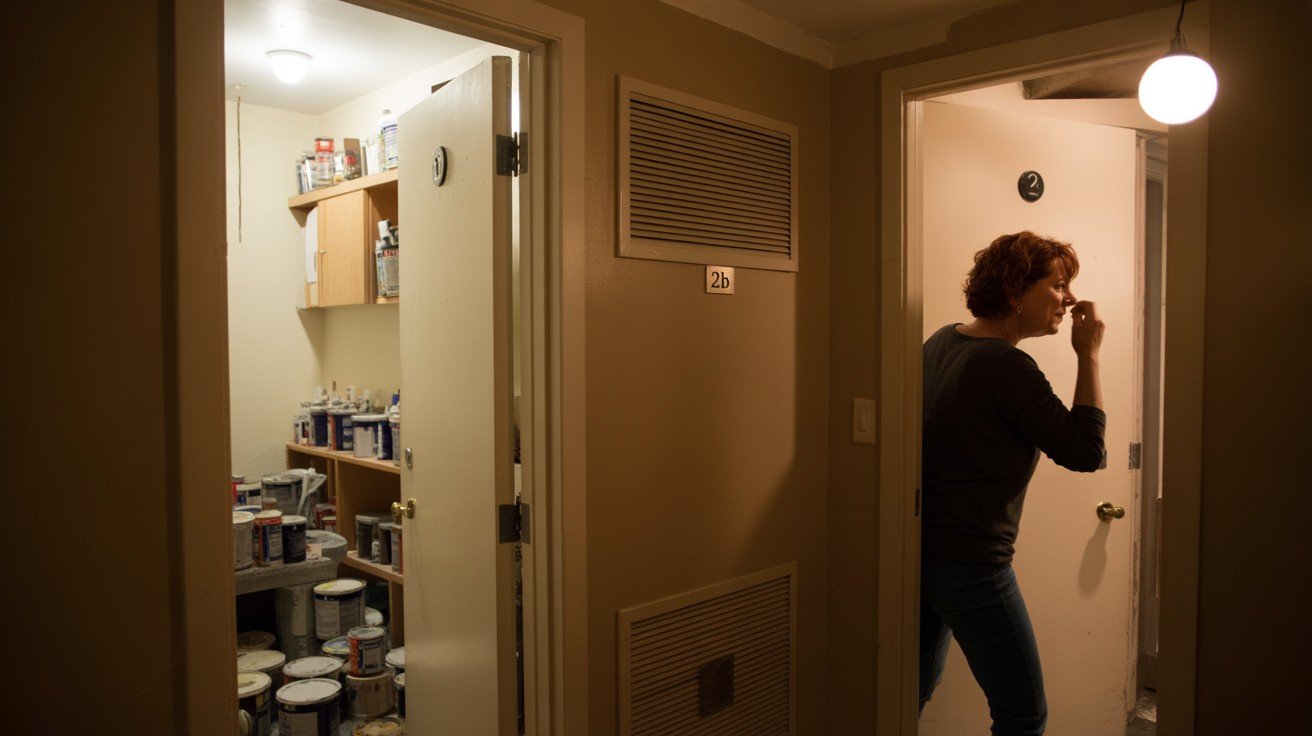
If you live in an apartment or condo, your neighbor’s painting project can easily travel through shared ventilation systems or wall gaps. These odors often appear strongest near connecting walls or when your HVAC system is running.
HVAC System Contamination
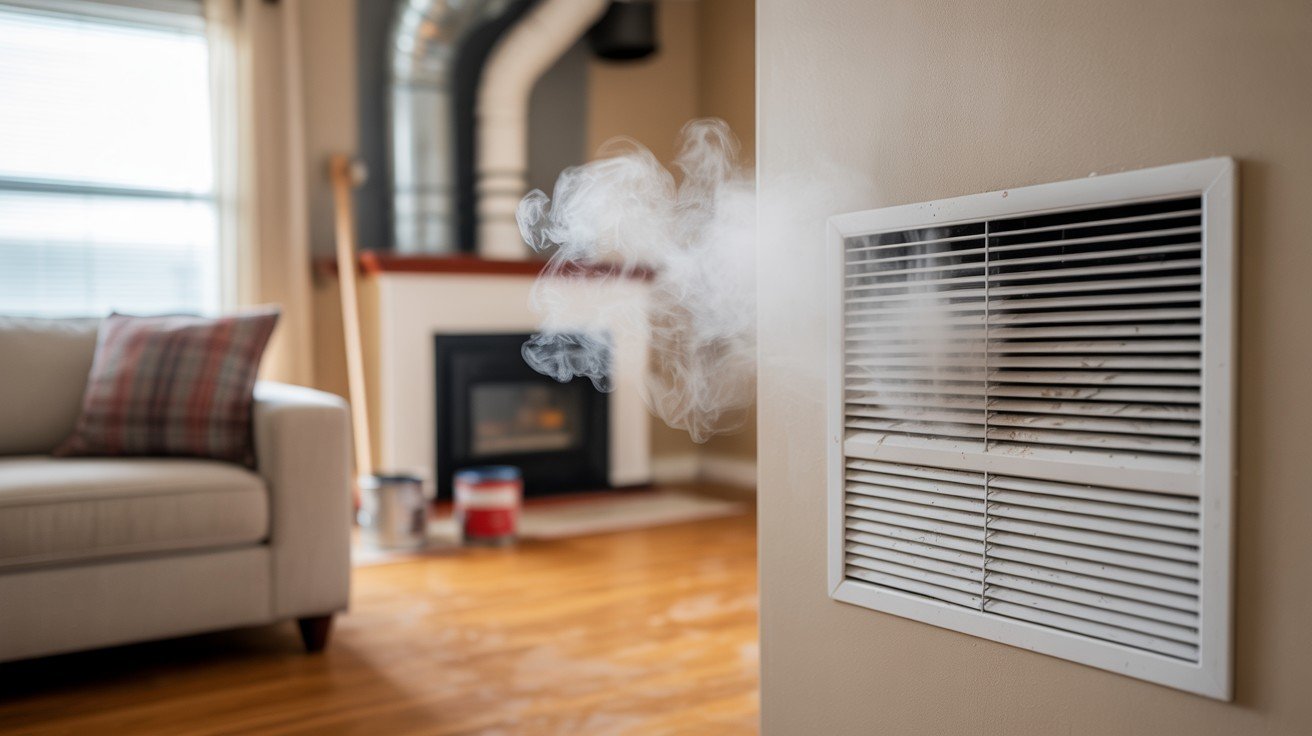
Your heating and cooling system might be circulating old paint fumes from previous renovation work stored in the ductwork. Mold growth or chemical residue inside the ducts can also create similar smells that get distributed throughout your home.
Chemical Cleaners or Air Fresheners
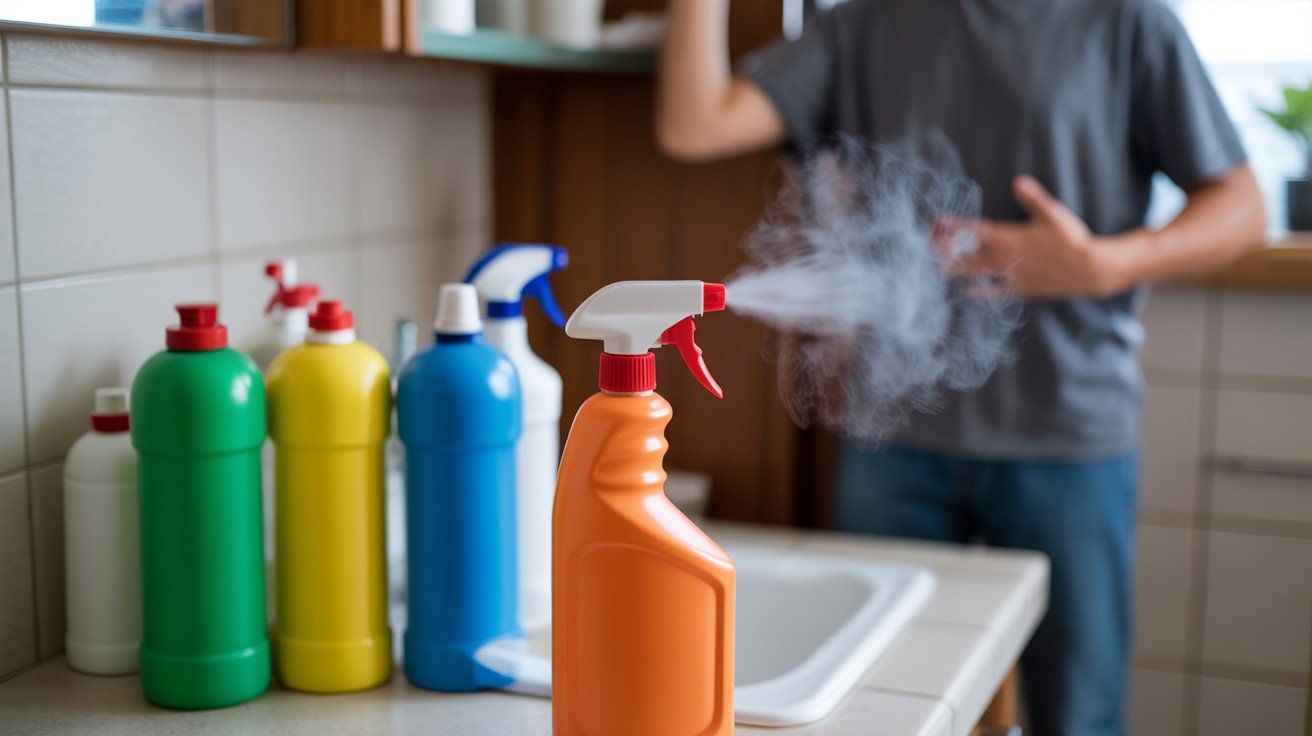
Many household cleaners contain solvents that smell remarkably similar to paint, especially glass cleaners and degreasers. Spilled products or overuse of aerosol air fresheners can create lingering odors that mimic fresh paint.
Hot Electronics or Appliances

Overheating electronics, particularly older appliances, can produce chemical smells as plastic components and wiring heat up beyond normal temperatures. This is especially common with computers, televisions, or space heaters that have been running for extended periods.
Is the Smell Dangerous?
Most paint-like smells in your home fall into the “annoying but not immediately harmful” category, but understanding the risks helps you make informed decisions about your family’s safety.
Short-term exposure to moderate levels of VOCs typically causes mild symptoms like headaches, dizziness, eye irritation, or nausea.
These effects usually fade once you remove the source or improve ventilation. Think of it like spending too much time in a freshly painted room – uncomfortable but temporary.
Long-term or high-concentration exposure poses greater concerns. Prolonged contact with certain VOCs has been linked to respiratory issues, liver problems, and other health complications.
Children, elderly individuals, and people with existing respiratory conditions face higher risks.
When to be concerned: If the smell is overwhelming, persists for more than a few days, or comes with symptoms like difficulty breathing, severe headaches, or feeling faint, take action immediately.
Strong chemical odors accompanied by physical symptoms shouldn’t be ignored.
Assessing your situation: Open windows and see if symptoms improve with fresh air. If the smell returns when you close up the house, you likely have an ongoing source that needs attention.
Consider purchasing an inexpensive VOC detector or contacting a professional if you’re dealing with persistent, strong odors that affect how you feel.
How to Identify the Source?
Finding the culprit behind that mysterious paint smell requires a systematic approach. Don’t worry – most sources reveal themselves with a little detective work.
Start with a room-by-room sniff test

Walk through each area of your home and note where the smell is strongest. Pay special attention to closets, basements, and areas near exterior walls. The intensity will guide you toward the source.
Turn off your HVAC system and check vents

Shut down heating and cooling for 30 minutes, then smell near the return and supply vents. If the odor weakens significantly, your ductwork is likely circulating the smell from elsewhere. Check if any vents have stronger odors than others.
Examine recent purchases and deliveries
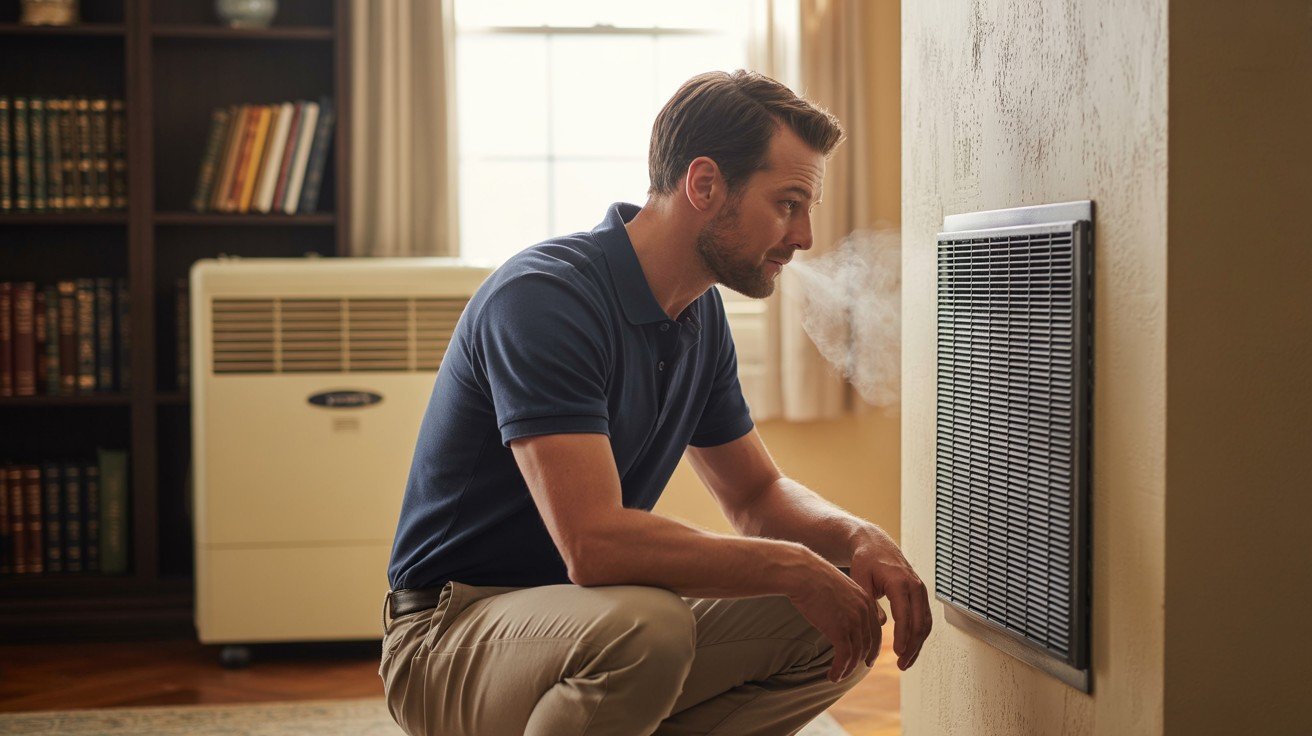
New furniture, electronics, clothing, or even Amazon packages can off-gas for weeks. Get close to items you’ve brought home recently – sometimes the source is hiding in plain sight.
Talk to your neighbors

A quick conversation can solve the mystery instantly. Ask if anyone has been painting, using strong cleaners, or having work done. In apartments and condos, shared walls and ventilation make this detective step particularly important.
Check less obvious spots
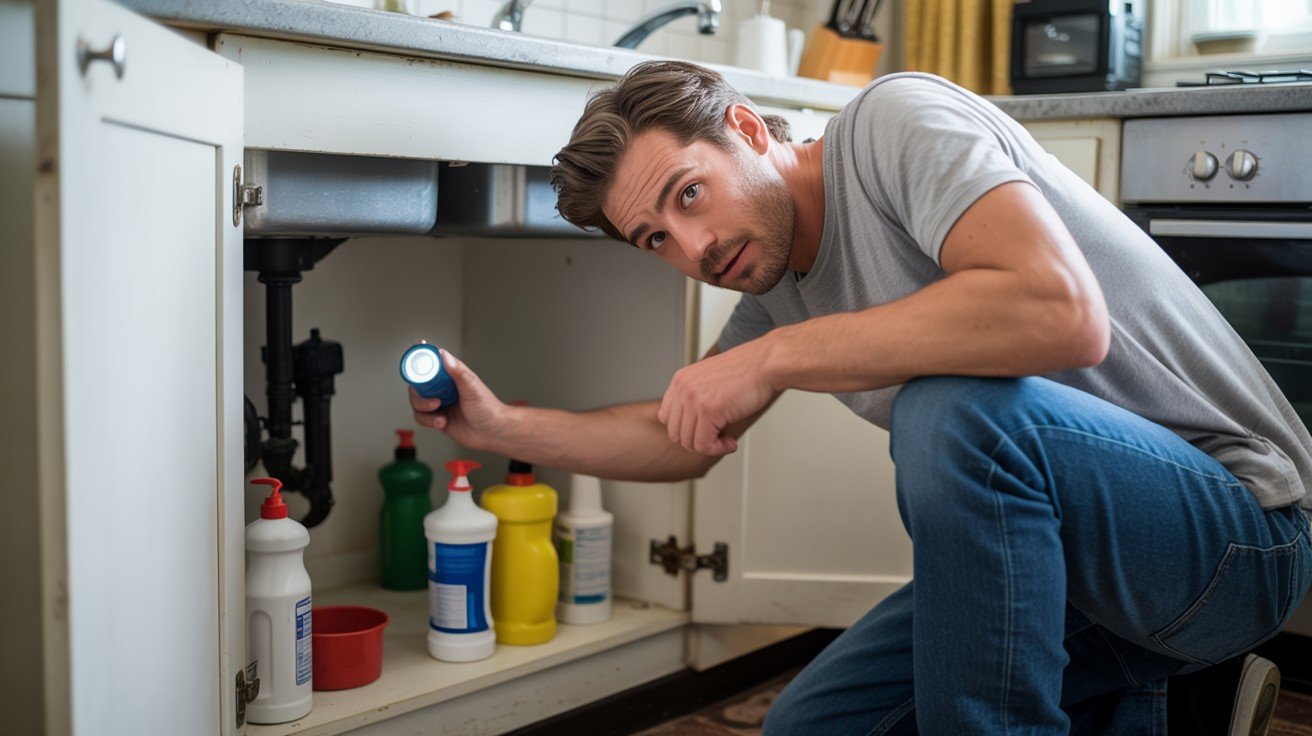
Open cabinets, look behind appliances, and inspect areas where cleaning supplies are stored. Sometimes, a small spill or overheated appliance creates the mystery odor.
How to Get Rid of the Paint Smell?
Once you’ve identified the source, it’s time to clear the air and restore your home’s fresh environment.
The good news is that most paint-like odors respond well to these proven methods.
Increase ventilation immediately
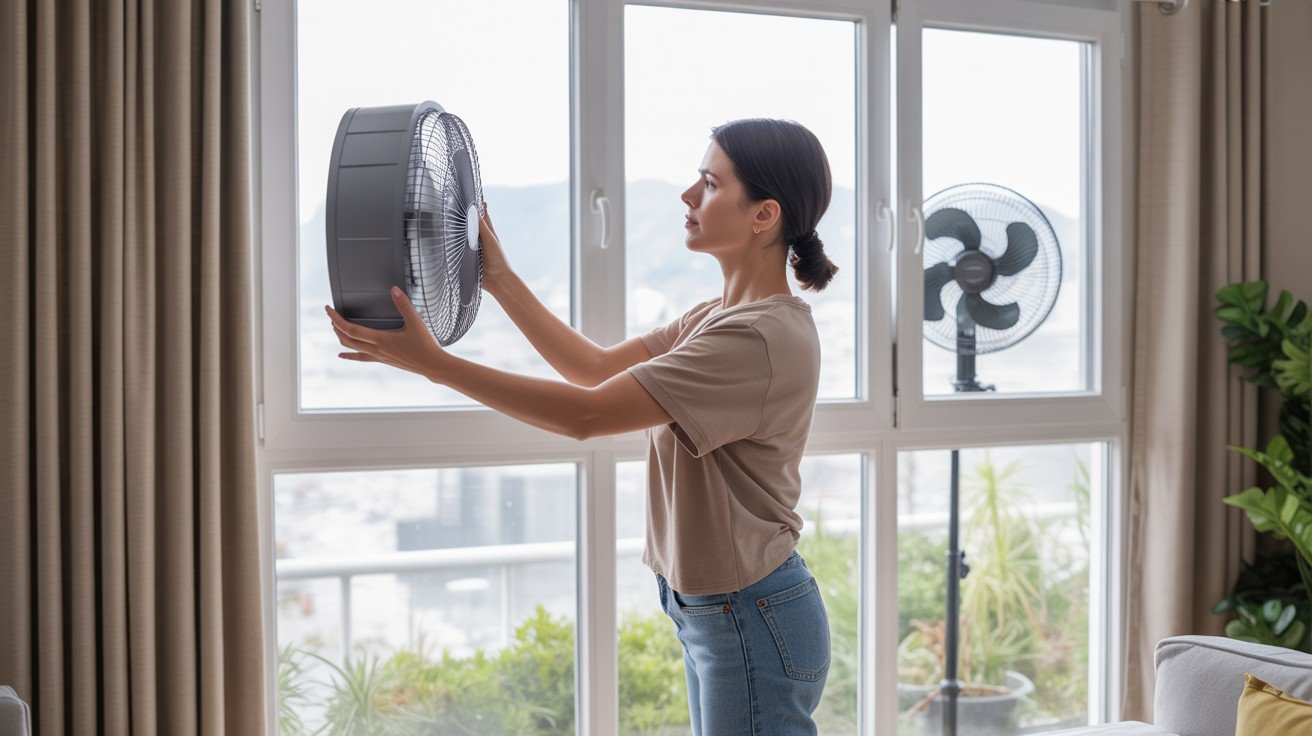
Open windows and doors to create cross-breezes that push contaminated air out and bring fresh air in.
Run exhaust fans in bathrooms and kitchens, and consider placing box fans in windows – one pulling air in, another pushing air out. Even 15-20 minutes of good airflow can make a dramatic difference.
Deploy natural odor absorbers

Place bowls of activated charcoal, baking soda, or white vinegar around affected areas. These materials absorb chemical compounds rather than just masking them.
For faster results, use multiple bowls and replace the contents every few days. Coffee grounds also work well for this purpose.
Invest in air purification

HEPA air purifiers with activated carbon filters specifically target VOCs and chemical odors. Run them continuously in affected rooms for several days.
For whole-house issues, consider upgrading your HVAC filter to a high-quality option designed for chemical filtration.
Consider professional duct cleaning
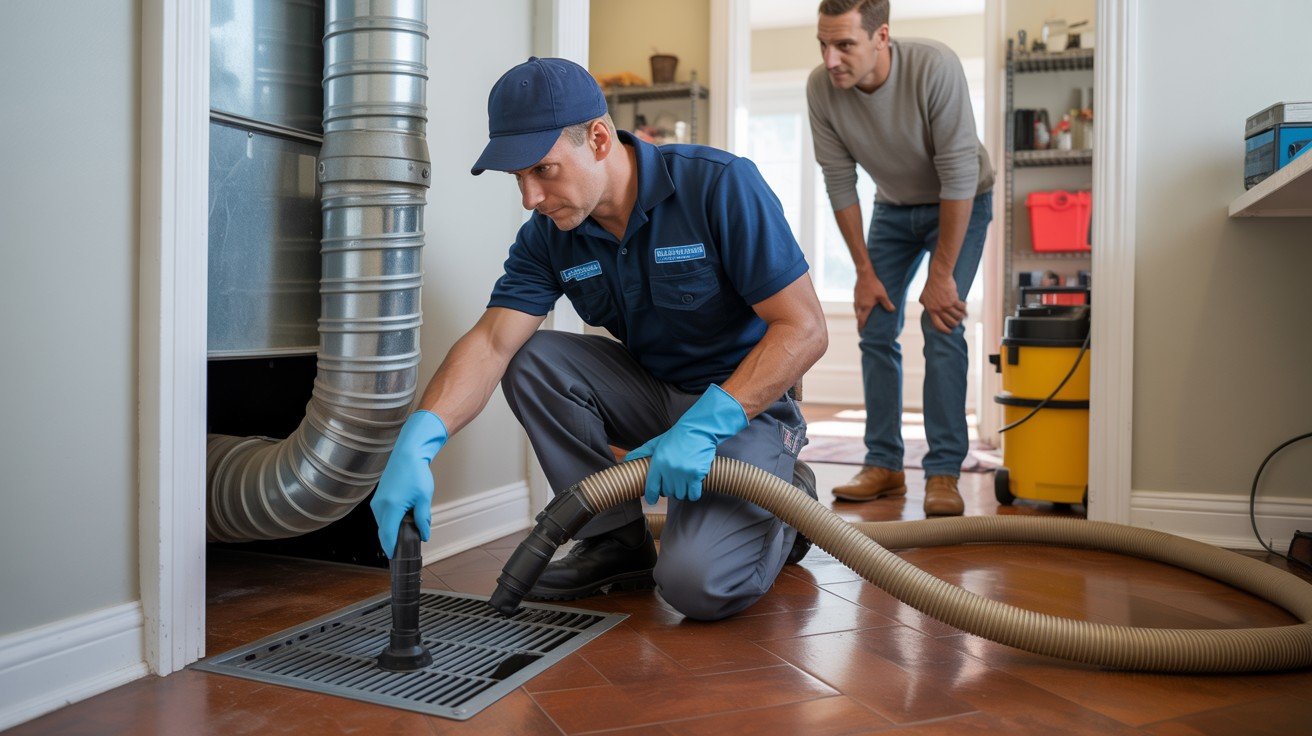
If your HVAC system is circulating the odor throughout your home, professional cleaning might be necessary.
This is especially important if the smell returns every time you run heating or cooling systems, indicating contamination within the ductwork itself.
Conclusion
That sudden paint smell in your house doesn’t have to remain a mystery. By understanding the common sources, from off-gassing furniture to neighbor renovations, you can quickly identify what’s causing the odor and take appropriate action.
Remember, most paint-like smells are temporary inconveniences rather than serious health threats.
However, don’t ignore persistent odors or those accompanied by physical symptoms. Trust your instincts and seek professional help when needed.
The key is staying calm and methodical in your approach. Start with simple solutions like improved ventilation and natural odor absorbers before moving to more intensive measures.
Most homeowners find their mystery smell has a straightforward explanation and solution.
With these strategies in hand, you’re well-equipped to handle any unexpected chemical odors that appear in your living space and restore your home’s fresh, comfortable atmosphere.
Frequently Asked Questions
How long do VOCs from new furniture typically off-gas?
Most furniture releases the strongest odors for 2-4 weeks, with complete off-gassing taking several months, depending on the materials used.
Can paint smells travel between apartment units?
Yes, shared ventilation systems and wall gaps allow chemical odors to move between connected units quite easily.
When should I call a professional about persistent paint smells?
Contact experts if odors last over a week, cause symptoms, or you suspect electrical issues.

